So here is a portrait I took on sunday of a Black Tailed Godwit up at the reserve which I am pleased with. One of the very few. I have taken thousands of photos and there are only about five that I am really pleased with.

I now live in Scotland and my passion is watching and photographing birds. On the right hand side of the blog there is a fairly comprehensive list of Bird Photographers from all over the world.
 As much as I love them for their portability and the fact I take them in my pocket everywhere; the field of view is very narrow.You can see a bird in bushes put the bins to your eyes and take ages to find exactly where it is by which time it quite often has flown or flitted to the next branch.
As much as I love them for their portability and the fact I take them in my pocket everywhere; the field of view is very narrow.You can see a bird in bushes put the bins to your eyes and take ages to find exactly where it is by which time it quite often has flown or flitted to the next branch. in the observation room for me to borrow. My first thought was 7 times magnification wasn't going to be that good at all. WOW is all I can say. The field of view was much wider (150metres at 1 Kilometreas opposed to 95metres for my Trinovids) and it focuses far quicker than mine. Not at all bad for a binocular that first came out in October 1981. The main downside is the difference in weight.
in the observation room for me to borrow. My first thought was 7 times magnification wasn't going to be that good at all. WOW is all I can say. The field of view was much wider (150metres at 1 Kilometreas opposed to 95metres for my Trinovids) and it focuses far quicker than mine. Not at all bad for a binocular that first came out in October 1981. The main downside is the difference in weight.
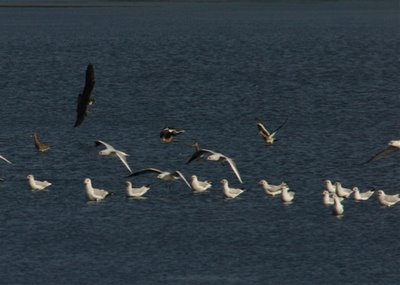 which displaced all the small waders. But after a while it reappeared.
which displaced all the small waders. But after a while it reappeared.  It was closer to one of the other hides so I headed over to it.
It was closer to one of the other hides so I headed over to it.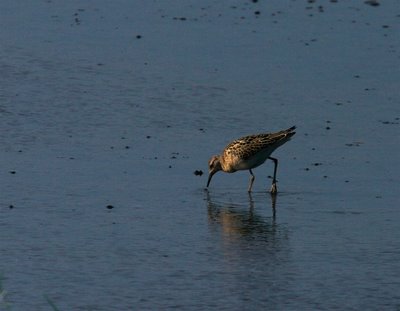
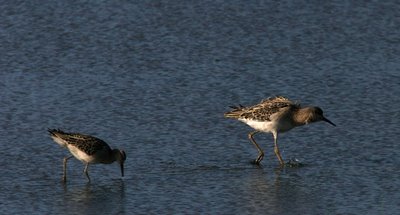

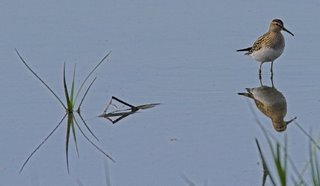 probably would have been better with a better beamer !!!
probably would have been better with a better beamer !!!
 and then I had also seen some along the shore at Murlough.There was also reports of over 25 found in Dundrum Bay and The following relevant article appears in The Irish Times :
and then I had also seen some along the shore at Murlough.There was also reports of over 25 found in Dundrum Bay and The following relevant article appears in The Irish Times : I picked it up and it seemed in better condition than the dead one. As there was very strong on shore winds and the sea was quite rough I decided to put it back into the sea on the other side of the peninsular in the lee of the wind. I hope it survives.
I picked it up and it seemed in better condition than the dead one. As there was very strong on shore winds and the sea was quite rough I decided to put it back into the sea on the other side of the peninsular in the lee of the wind. I hope it survives. The strange thing about these deaths are that they have all happenned to juveniles and it seems to have happened over a very short period of time. I have been looking regularly since and there seem to be no further reports of them washing up on the shores locally.
The strange thing about these deaths are that they have all happenned to juveniles and it seems to have happened over a very short period of time. I have been looking regularly since and there seem to be no further reports of them washing up on the shores locally.
 This is an american wader and a few are found annually in Western Europe primarily in August and September
This is an american wader and a few are found annually in Western Europe primarily in August and September
 (Click on Image for bigger view) a small shingle and shell beach with a small freshwater outlet that seems to attract hundreds of oystercatchers, gulls, terns and small waders. Derek Charles had spotted Arctic Skuas out across Belfast Lough the day before so I thought I would try and see if I could.I looked for ages without seeing much more than fifty or so eider sitting on the water and the odd gull. Then one of the seacats that go backwards and forwards between Belfast and Scotland was making its way towards the harbour and following it were quite a few terns. Then I noticed four Arctic Skuas chasing one unfortunate tern one of them was in pale phase and the others were in dark phase. They look like mini pterodactyls from a distance.
(Click on Image for bigger view) a small shingle and shell beach with a small freshwater outlet that seems to attract hundreds of oystercatchers, gulls, terns and small waders. Derek Charles had spotted Arctic Skuas out across Belfast Lough the day before so I thought I would try and see if I could.I looked for ages without seeing much more than fifty or so eider sitting on the water and the odd gull. Then one of the seacats that go backwards and forwards between Belfast and Scotland was making its way towards the harbour and following it were quite a few terns. Then I noticed four Arctic Skuas chasing one unfortunate tern one of them was in pale phase and the others were in dark phase. They look like mini pterodactyls from a distance. Photo by Derek Charles from the same spot as I was. Another for the list.
Photo by Derek Charles from the same spot as I was. Another for the list.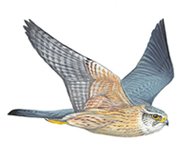
 They then disappeared down to the roadside hide. I had quite a few visitors at the time and was pointing the birds out when I realised there were four of them and one on the far shore so five Curlew Sandpiper in all.
They then disappeared down to the roadside hide. I had quite a few visitors at the time and was pointing the birds out when I realised there were four of them and one on the far shore so five Curlew Sandpiper in all.
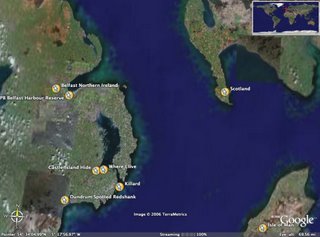 Click on Image for larger version.
Click on Image for larger version. Lesser Yellowlegs (Photo courtesy of Derek Charles who had texted me earlier) it was a lovely juvenile Spotted Redshank. It was fishing with its head completely under the water. It then flew over to main bay. I watched it for a little longer before I had to head off to Belfast as I was on duty again at the RSPB hide. Again I dipped on the Lesser Yellowlegs
Lesser Yellowlegs (Photo courtesy of Derek Charles who had texted me earlier) it was a lovely juvenile Spotted Redshank. It was fishing with its head completely under the water. It then flew over to main bay. I watched it for a little longer before I had to head off to Belfast as I was on duty again at the RSPB hide. Again I dipped on the Lesser Yellowlegs and photographed by Derek.
and photographed by Derek.